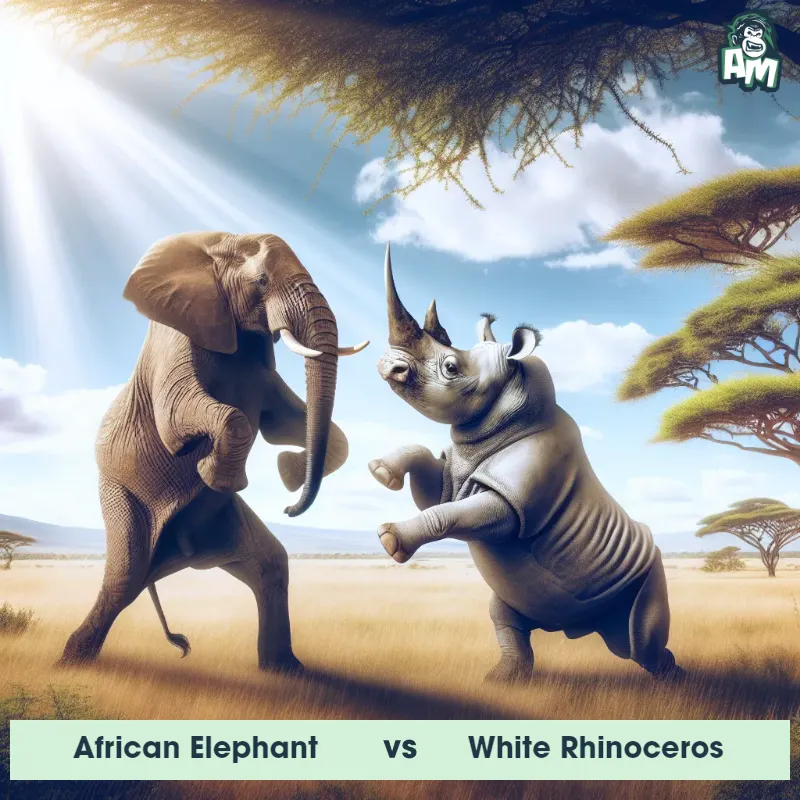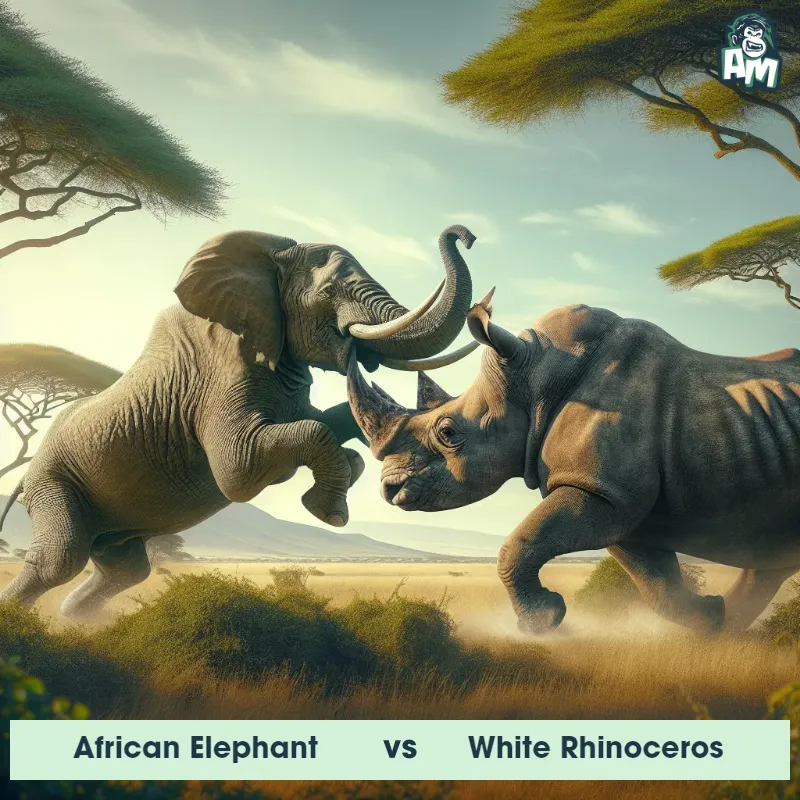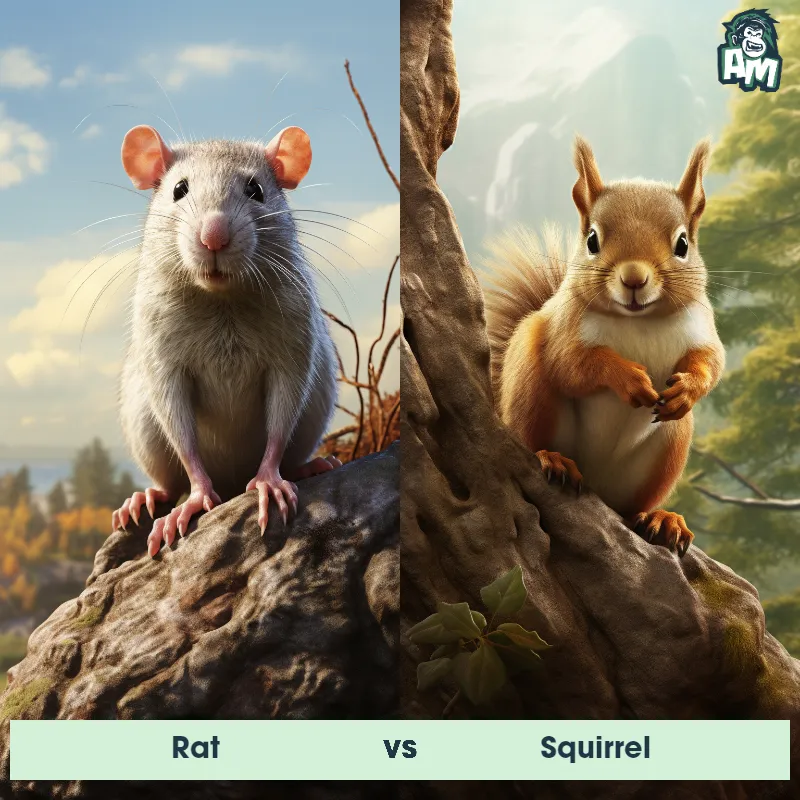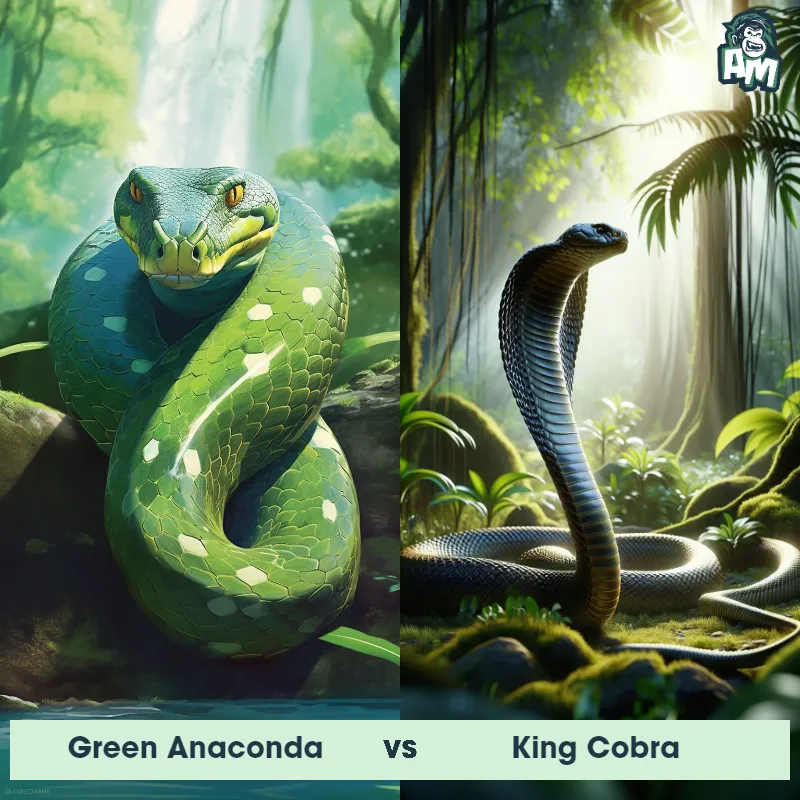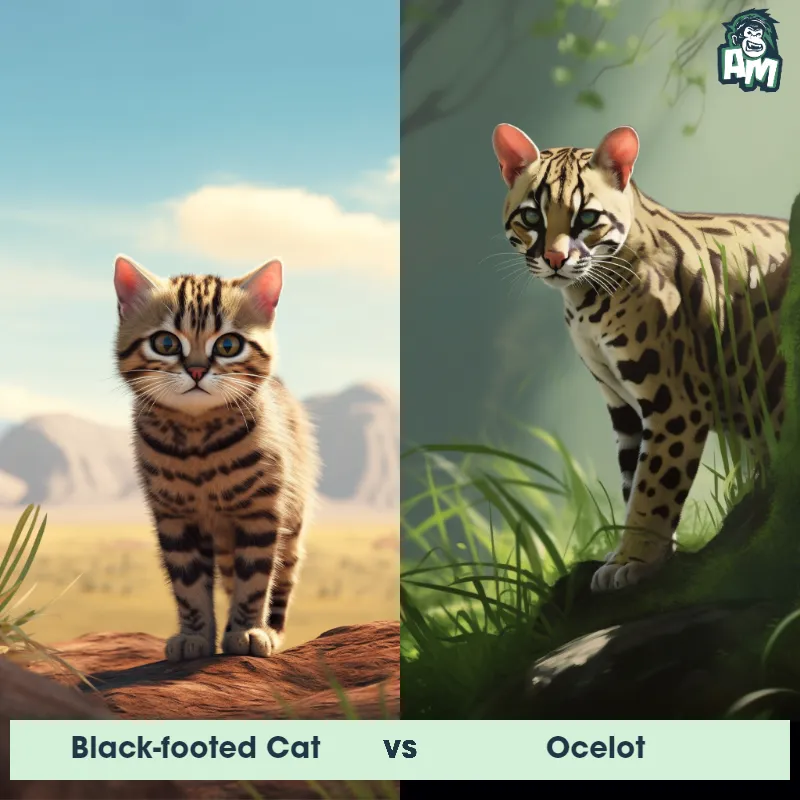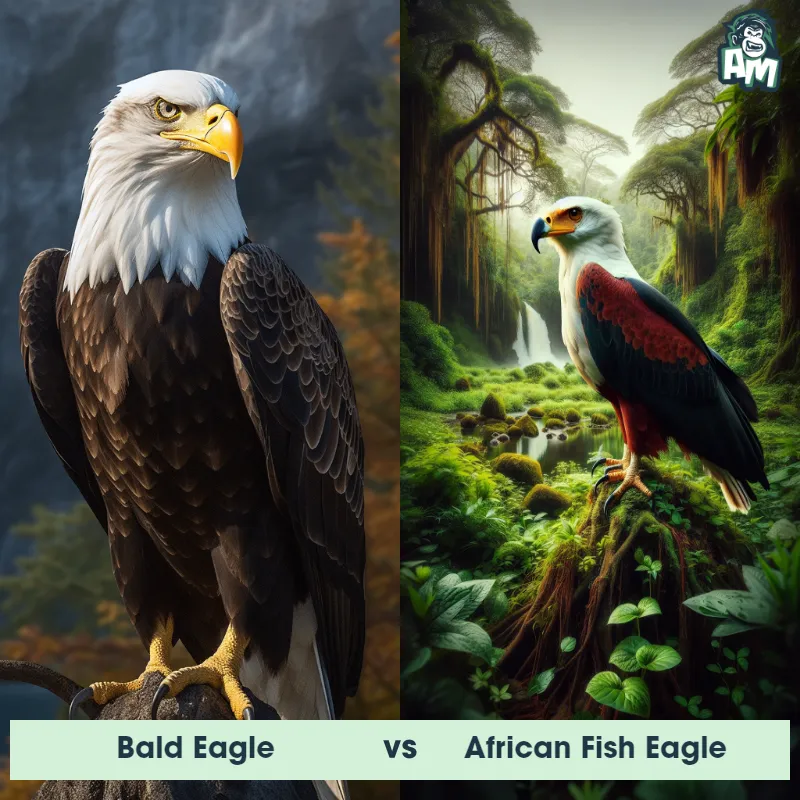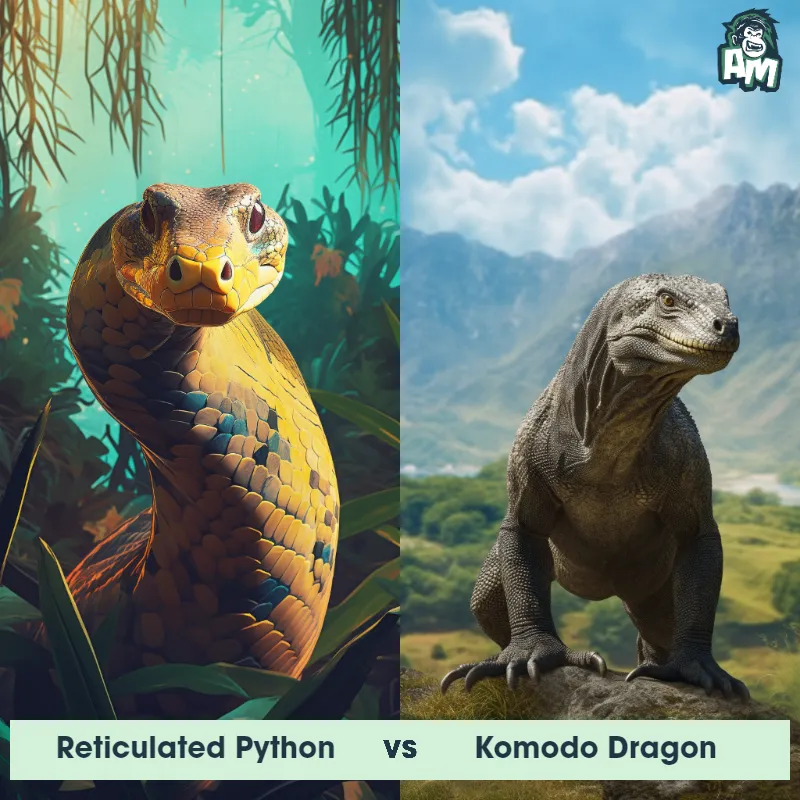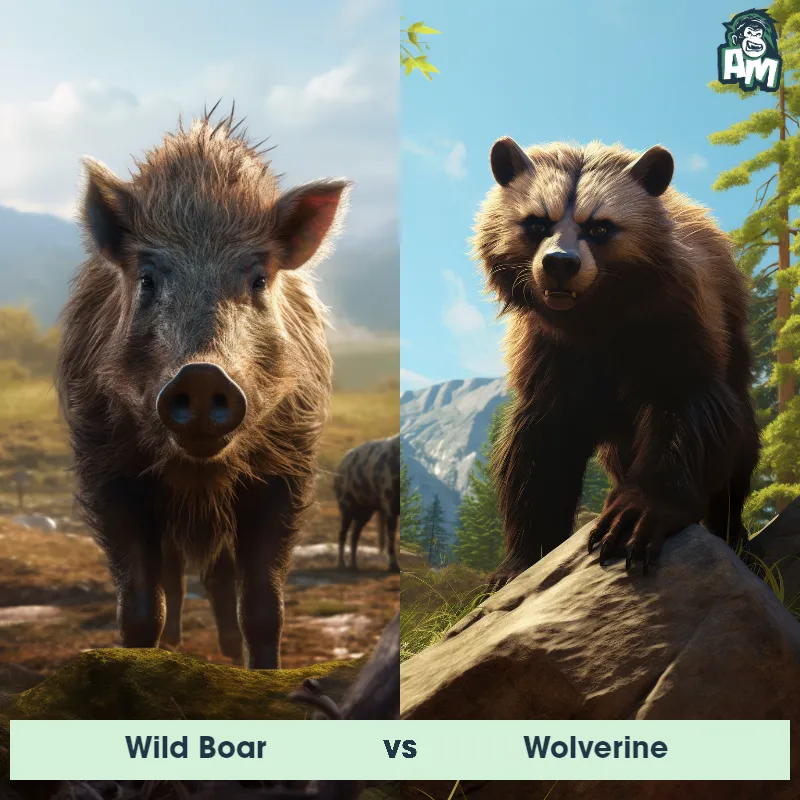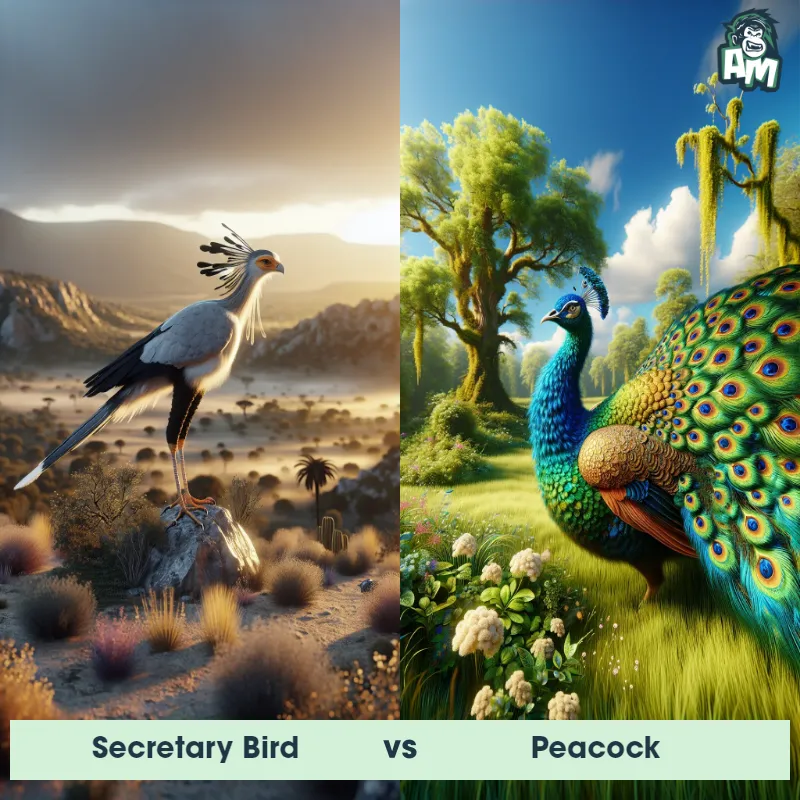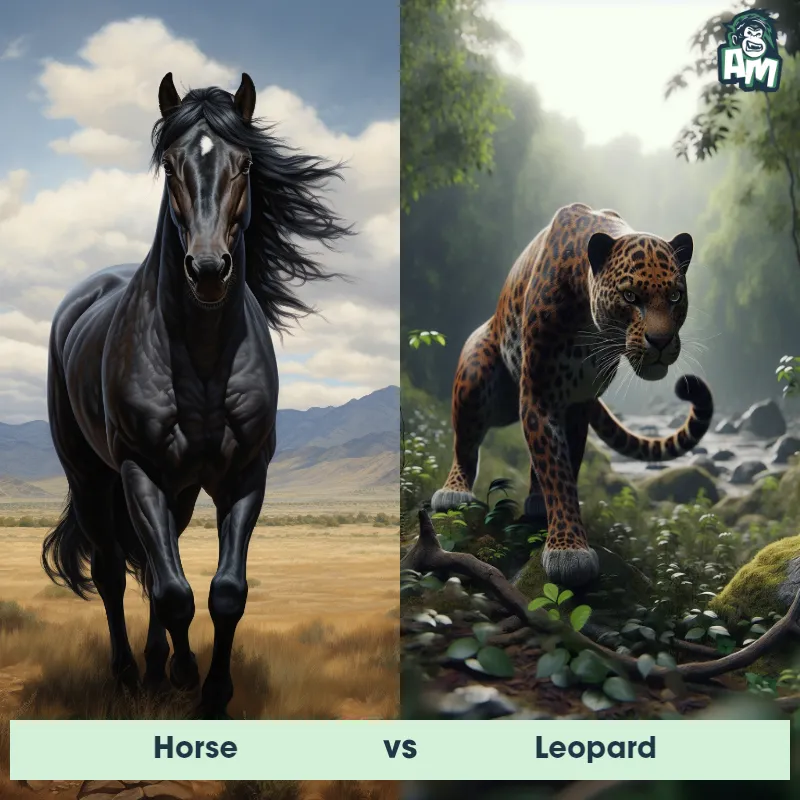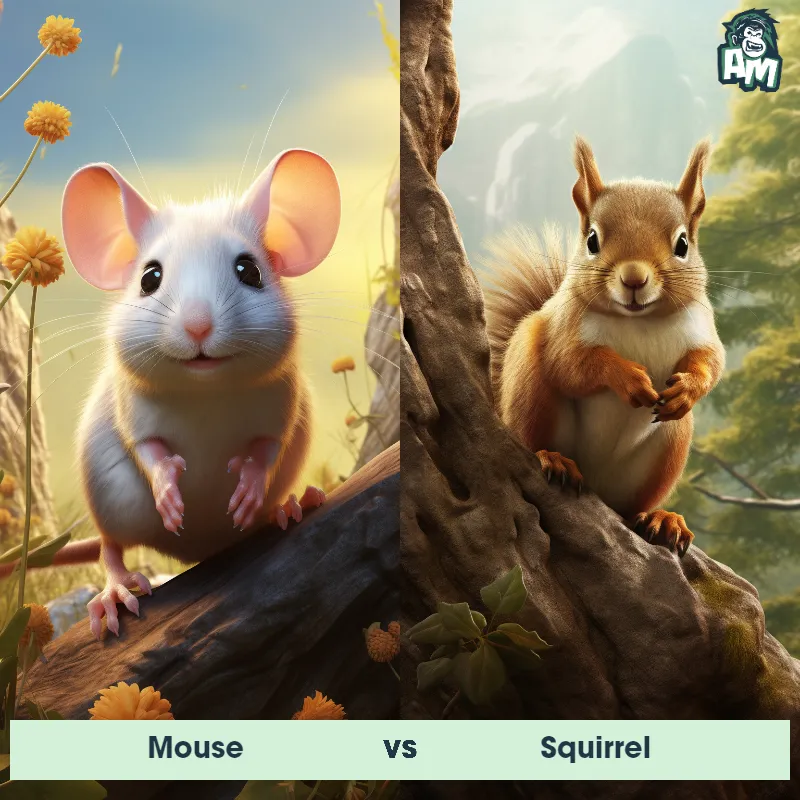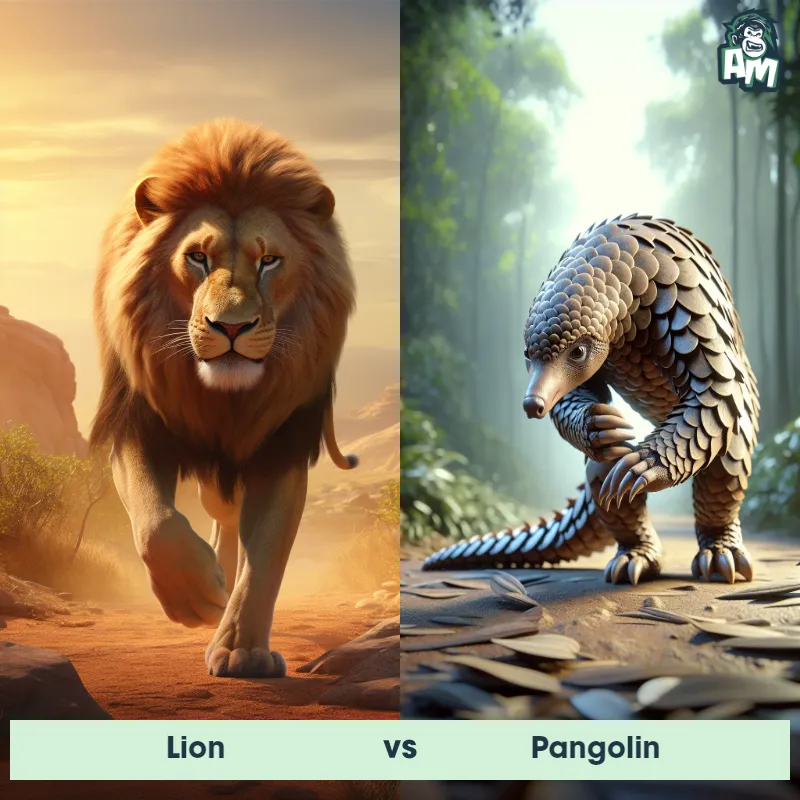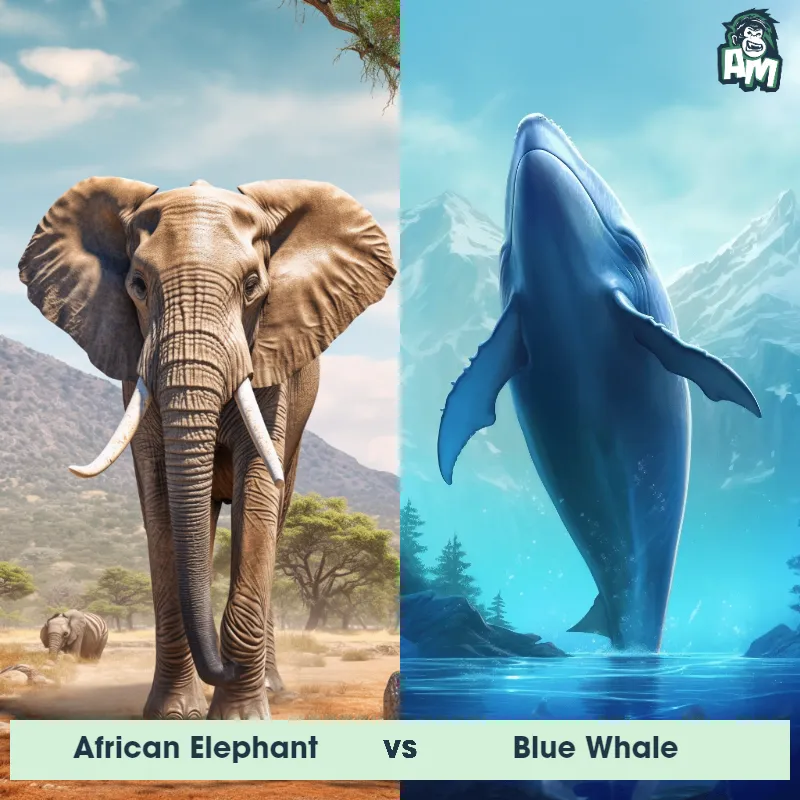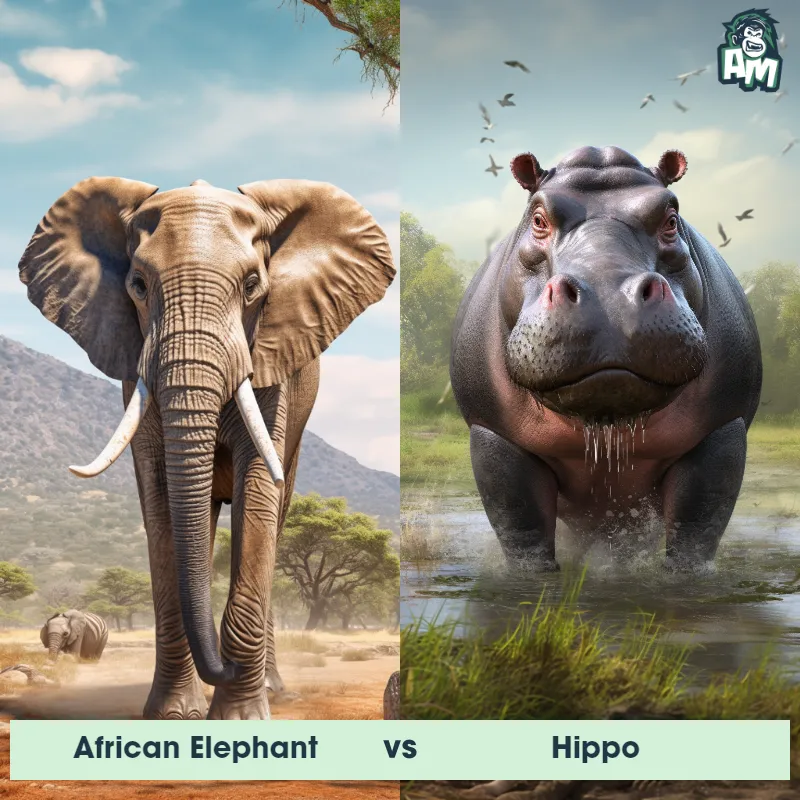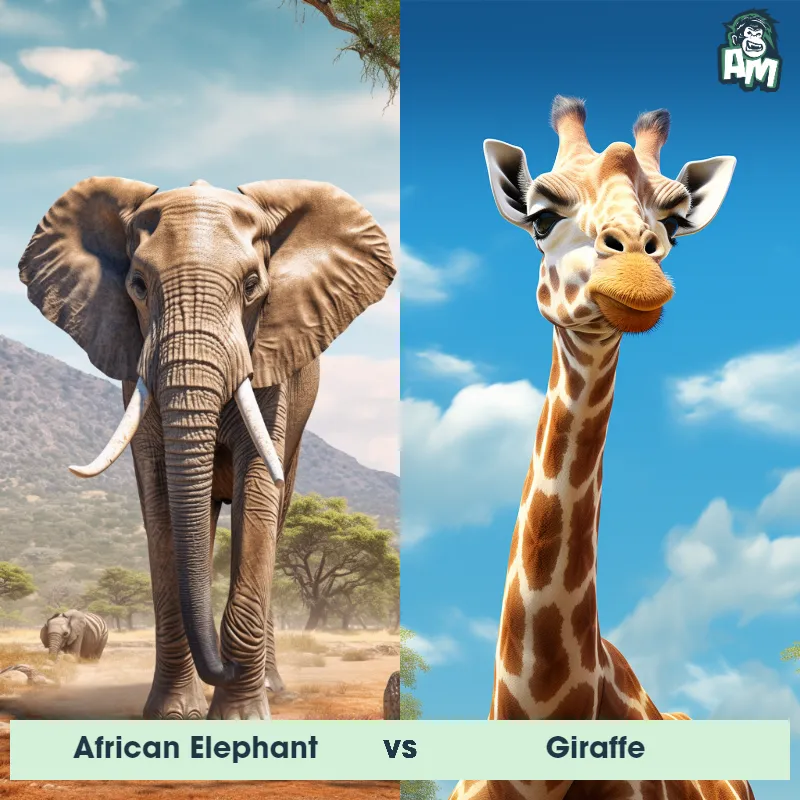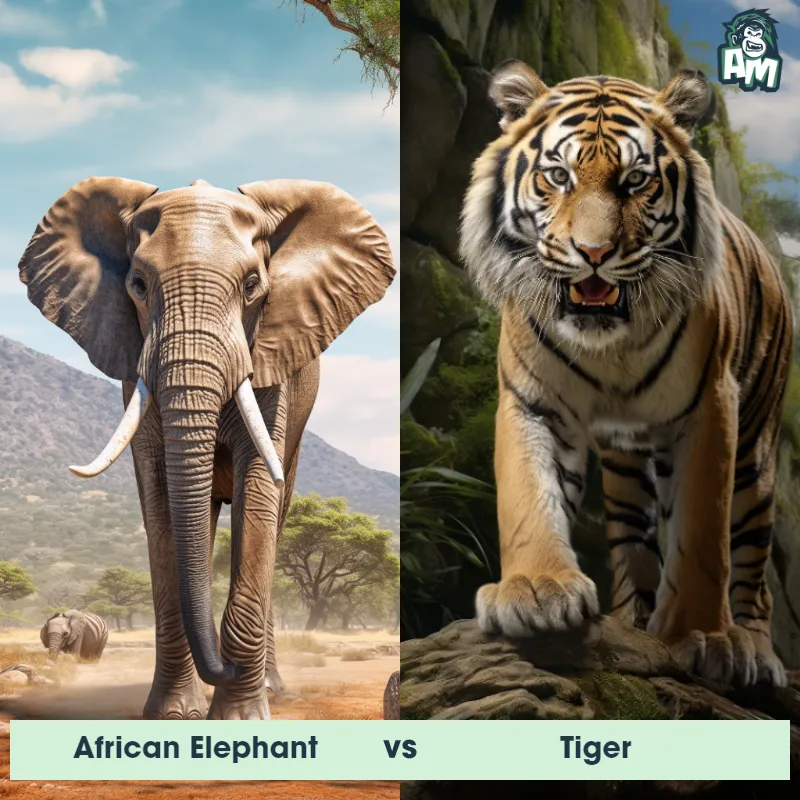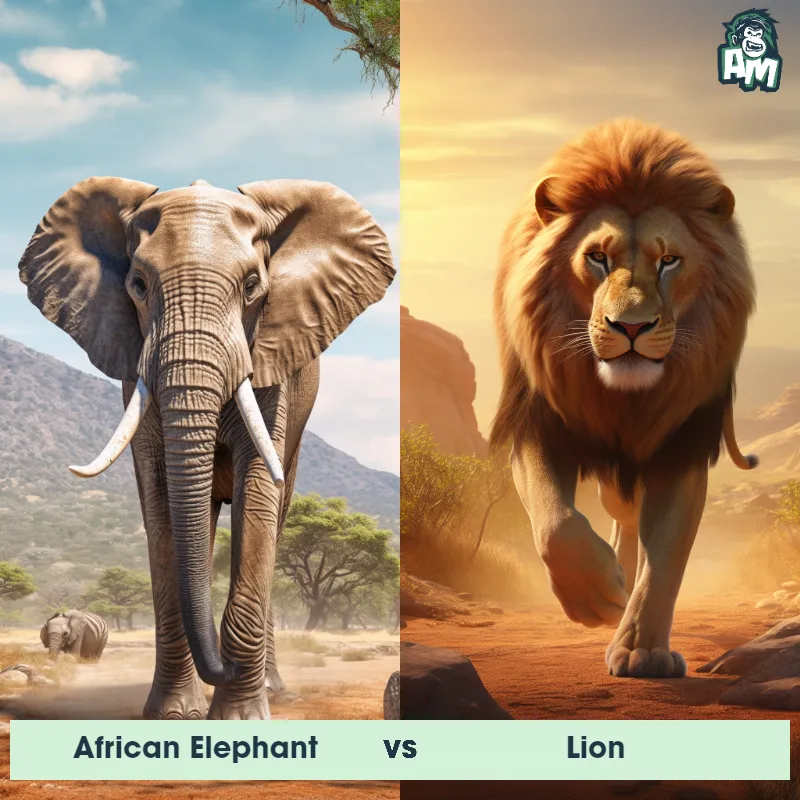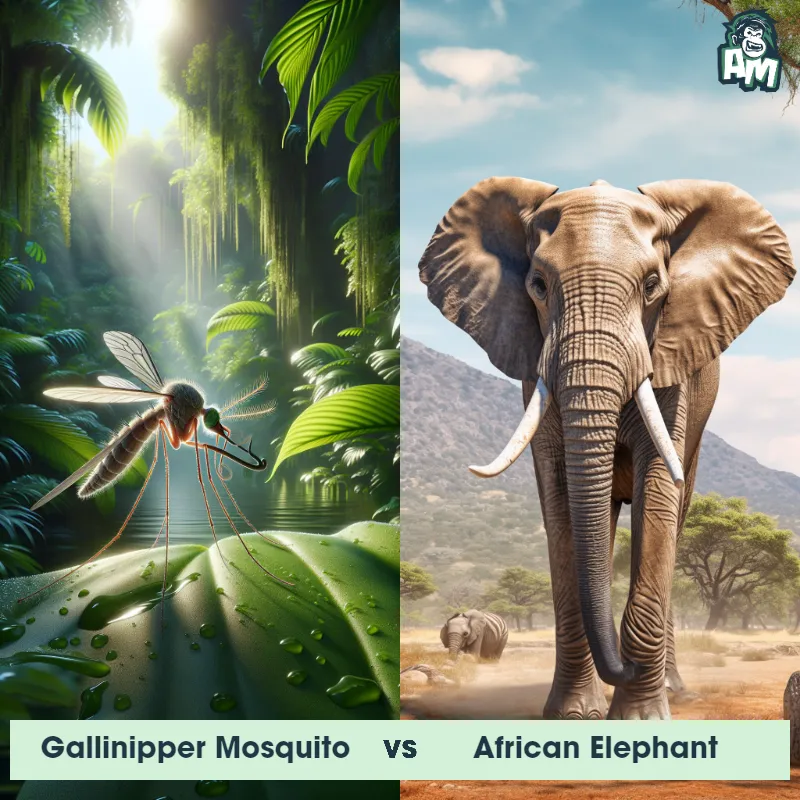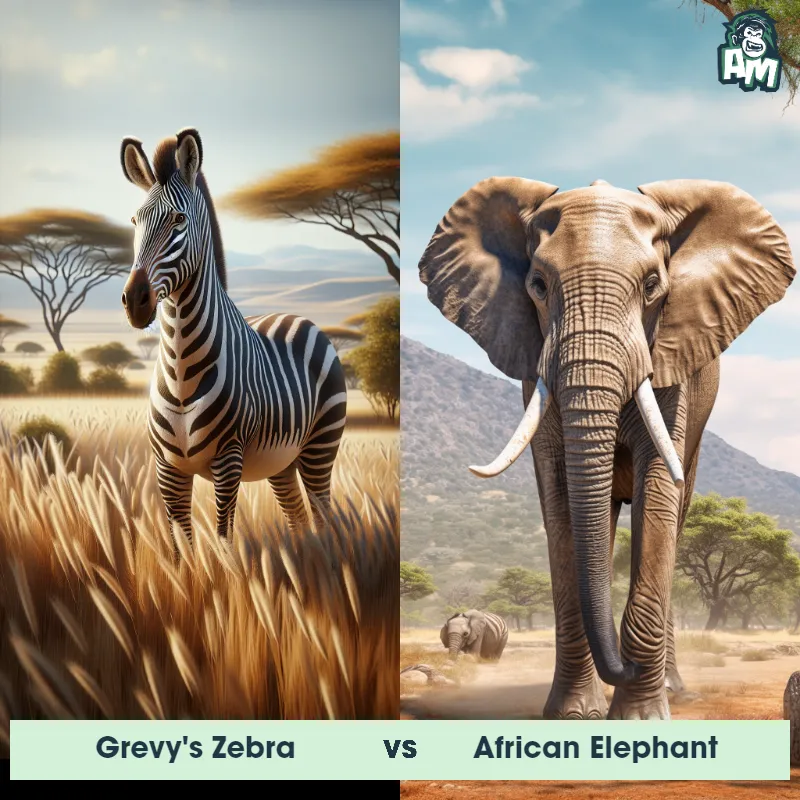African Elephant vs White RhinocerosSee Who Wins

Brace yourselves for a colossal showdown between two of the most powerful land animals on the planet - the African Elephant and the White Rhinoceros! I'll be providing you with the play by play for this earth-shaking three-round battle. Prepare for a clash of giants!
Contender 1: African Elephant
The African Elephant, also known as the savanna elephant, is the largest land animal on Earth, weighing up to 14,000 pounds and standing up to 13 feet tall at the shoulder. They have a distinctive trunk, which they use for breathing, smelling, drinking, and grasping objects, as well as large ears that help regulate their body temperature. African Elephants are herbivores and can consume up to 300 pounds of vegetation in a single day.
Fun Fact: African Elephants have a unique way of communicating with each other that humans cannot hear - they use infrasonic sounds that can travel up to 6 miles away!
Contender 2: White Rhinoceros
The White Rhinoceros, also known as the Square-lipped Rhinoceros, is the second largest land mammal after the elephant. They have a massive body, with a broad chest and a large head. Their skin is gray and thick, with folds that make them look armored. They have two horns on their snout, with the front one being longer than the other. White Rhinoceroses are herbivores and can weigh up to 2,300 kg.
Fun Fact: White Rhinoceroses have poor eyesight but an excellent sense of smell, which they use to detect predators and other rhinos in the area.
Matchup Stats
| African Elephant | White Rhinoceros | |
|---|---|---|
| Size | Up to 13 feet tall at the shoulder (3.96 meters); weight up to 14,000 pounds (6,350 kilograms) | Up to 6 feet (1.8 meters) tall at the shoulder |
| Weight | Up to 14,000 pounds (6,350 kilograms) | Up to 5,000 pounds (2,300 kg) |
| Speed | Speed: 25 mph (40 km/hr) | Speed: 30 mph (48 km/hr) |
| Key Strength | Powerful tusks and trunk for defense and offense | Powerful charge with their massive body |
| Biggest Weakness | Vulnerable to attacks on their legs and underbelly | Poor eyesight and slow movement |
Current Votes
African Elephant vs White Rhinoceros
See Who Wins
Matchup Videos
All of our videos contain verified footage of natural encounters between the African Elephant and the White Rhinoceros. These are true sightings and observations filmed by tourists, scientists, and wildlife documentarians.Match Highlights
View More Matches
Looking For More?
Similar Matches
Scientific Stats
| African Elephant | White Rhinoceros | |
|---|---|---|
| Scientific Name | Loxodonta africana | Ceratotherium simum |
| Family | Elephantidae | Rhinocerotidae |
| Habitat | Grasslands, savannas, and forests | Grasslands and savannas |
| Geography | Sub-Saharan Africa | Southern and Eastern Africa |
| Diet | Herbivore, consuming up to 300 pounds of vegetation in a single day | Herbivorous, primarily grazing on grass |
| Lifespan | 60 years - 70 years | 40 years - 50 years |
Key Differences between African Elephant and White Rhinoceros
- Horns: African Elephants do not have horns, while White Rhinoceroses have two horns on their snouts.
- Shape of body: African Elephants have a rounder, more bulbous body shape, while White Rhinoceroses have a more angular, square-shaped body.
- Ears: African Elephants have larger ears that are shaped like the continent of Africa, while White Rhinoceroses have smaller, more rounded ears.
- Teeth: African Elephants have four molars that they use to grind up tough vegetation, while White Rhinoceroses have wide, flat teeth that they use to chew grass.
- Trunk: African Elephants have a longer, more flexible trunk that they use for grasping and manipulating objects, while White Rhinoceroses have a shorter, stiffer snout that they use for grazing.
- Size: African Elephants are larger than White Rhinoceroses, with males weighing up to 14,000 pounds compared to the rhino's maximum weight of 7,000 pounds.
- Skin texture: African Elephants have a wrinkled, rough skin texture, while White Rhinoceroses have smoother skin with folds around their neck and legs.



